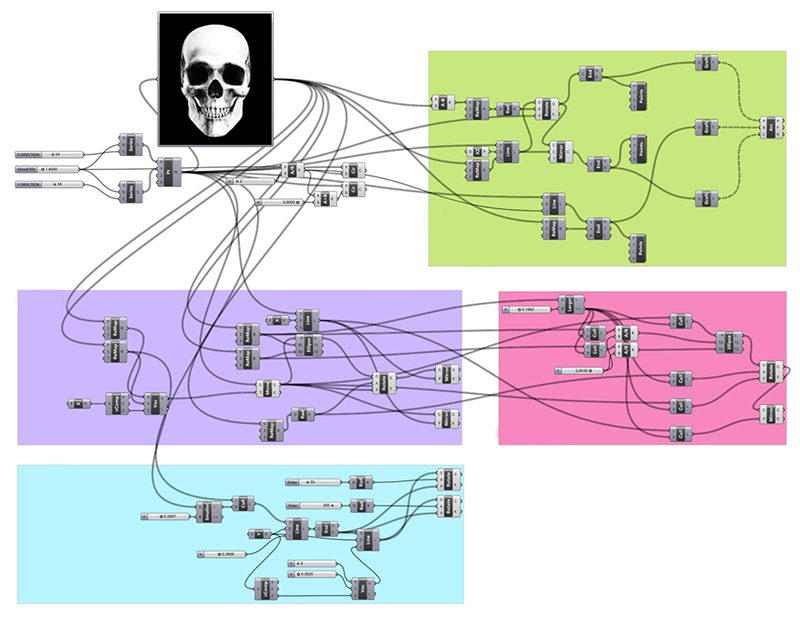Title: TOWARDS A THEORY OF ARCHITECTURE MACHINE
Author : Nicholas Negroponte
Year: 1969
Towards a Theory of Architecture Machines is an argument presented by Nicolas Negroponte about the optimised solutions that can be achieved between man and the machine.
The man and the machine…
In the opening part of his discussion the author tries to establish the point that the scale of the architectural projects will invariably define and decide the outcome and also the kind of challenges and situations that the designer will be encountering. The complexities of large-scale projects and the trivialness of problems in the small-scale works will restrict the exposure of the projects to the skills of the design profession. This is where the author believes the assistance of machines to the designers will help in the removal of drudgery from the work and the architect or designer can concentrate on innovations and optimisations.
The author emphasizes on a scenario where the machine is not only a mere tool to take away the repetitive tasks from the designers schedule but also an assistance in analyzing and mapping the vast amount of information and provides solutions. The use of this assistance from the machine also comes with a word of caution. The writer believes that if the machines are not evolving to make themselves more adoptable and relevant the results could end up in propagating bad architecture. The challenge here would be to understand if the machine could deduce response from a host of data.
The Learning and seeing machine…
As a continuation to his argument the author talks about an intelligent machines. He translates the process of architectural design if done by an architect and in a very metaphorical manner changes the various steps involved into various components that are required in an architectural machine. A Heuristic mechanism helps in streamlining the process of finding solutions. The rote apparatus memorizes the situations and stores there solutions for use if a similar situation arises. A conditional mechanism enforces and handles all the non-exceptional data. It responds to habituated situations without any effort saving both time and energy. The reward mechanism analysis the pros and cons and provided the designer with the optimized solutions. The forgetting convenience enables the machine to discard the obsolete and irrelevant data and keep evolving.
Illustrating further on the machines sensory aspect of vision the parallels are drawn equating vision with the interface between the machine and the information environment. The author here explains his analogy of the properties he believes are necessary in a machine to have the image of the designer and to be able to deliver the optimized solution. This is again a process of design analysis that is equated to the machine properties. The event, which can be a command or information received by the machine. The manifestation is the process of measuring and recording the information and data as per the set parameters. Representation is the ability of the machine to comprehend and map the received information for use if the others.
“Habits, not thoughts, assist the humans to surmount daily obstacles”…
In the discussion the writers stress in change of habits and practices to the more evolved technology in order to achieve the best and the most optimized solutions. Considering the fact that the article was written in 1969 it is actually understandable that the author could foresee the change that was going to happen or imagine the use and advances of technology in assisting human lives. With the changes and advances in technology that we come across everyday its can be believed that the part of author’s narrative where he envisions the machine as a thinking identity can indeed be a reality not in the very distant future. But the use of such assistance as would bring in the larger questions. If the machine starts to learn and deliver solutions and solve problems with who would like the authorship or the intellectual rights of the solutions, the man or the machine? The problem would also lie in understanding if the thinking ability of artificial intelligence of the machine can be trusted with providing the optimized solutions considering the fact that machines cannot be held accountable in case of a non-competence.
How far can the use of machines be stretched? Should the machines be assisting the human brain or allowed to partner the humans in obtaining optimised solutions?

